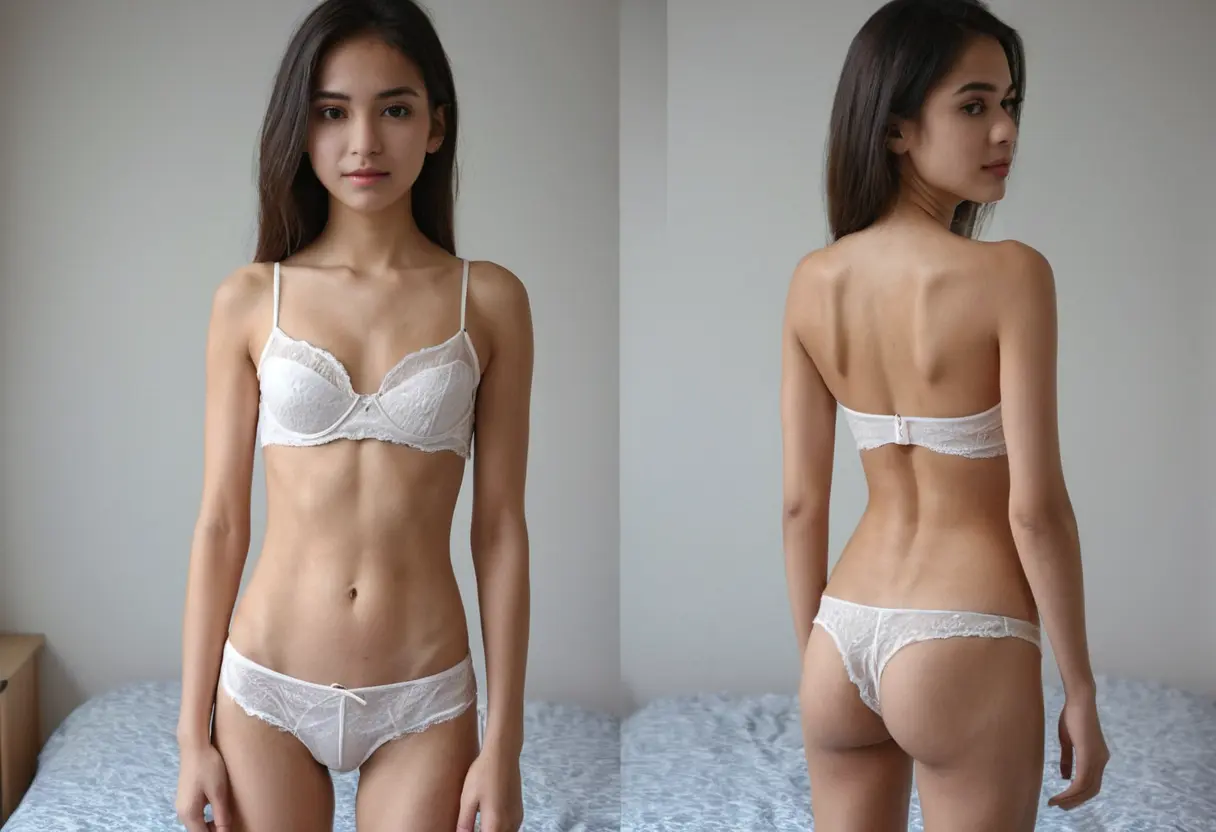
The emergence of AI-generated nude undress generators has raised significant ethical concerns, triggering debates surrounding privacy, consent, and the broader implications on digital rights. These tools, fueled by advancements in artificial intelligence and deep learning technologies, have become increasingly sophisticated and accessible. This article will explore how these generators work, their growing influence on online behavior, the ethical challenges they pose, and the potential consequences for the digital landscape as a whole. We will also analyze the need for stronger regulations and ethical frameworks to address these issues in the context of AI technology.
AI nude undress generators are tools powered by advanced machine learning algorithms, typically based on Generative Adversarial Networks (GANs), which are designed to manipulate images or videos of people by "removing" clothing. These programs analyze input images and use trained models to generate naked versions of the individuals depicted. Some of these tools are marketed as novelty or entertainment applications, but the implications are far more serious when misused.

Typically, these generators rely on deepfake technology, which can create realistic alterations in photos or videos by swapping one face for another or, in this case, stripping away clothing. While some creators may argue that these applications are intended for harmless fun or artistic expression, their misuse has caused increasing concern regarding privacy violations, sexual exploitation, and non-consensual image manipulation.

One of the most pressing ethical issues surrounding AI nude undress generators is the violation of privacy. These tools often work without the consent of the individuals depicted, turning ordinary, often private images into explicit content. This raises questions about the individual's rights to control their own image, as well as the societal implications of such content being widely accessible without any consent.

Non-consensual creation of explicit content can lead to severe emotional and psychological harm to the person whose image has been altered. Additionally, victims of these altered images often have no legal recourse, as the creators of such content may not be easily identifiable or accountable. Furthermore, many of these tools are now automated and require little more than a few clicks to generate highly realistic and inappropriate content.
The rise of AI nude undress generators has also contributed to the normalization of digital manipulation, which has permeated various aspects of online behavior. For some, the accessibility of these tools has diminished the perceived severity of creating and sharing explicit, non-consensual images. Social media platforms, online forums, and even dating apps have become breeding grounds for the misuse of such technology, often with little regulation in place to prevent the sharing of generated content.
Moreover, AI nude undress generators may encourage harmful behaviors such as cyberbullying and harassment, especially among vulnerable populations. For example, minors may fall victim to the misuse of these tools, leading to further exploitation. These tools can also be used to manipulate public figures, celebrities, or politicians, further blurring the line between reality and fabrication on the internet.
The global nature of the internet has created substantial challenges when it comes to regulating AI nude undress generators. Laws regarding image manipulation,www.undressaitool.com privacy, and consent vary widely from country to country, and even within jurisdictions, there are significant gaps in enforcement. As the technology continues to evolve, many governments and regulatory bodies are struggling to keep pace.
Some countries have taken steps to implement laws targeting the creation and distribution of deepfake content, but these regulations often fail to address the nuances of AI-generated nudity specifically. In many cases, it is difficult to distinguish between malicious deepfakes and those that may be intended for creative or artistic purposes. This has left many vulnerable individuals without protection and has allowed creators of such tools to remain relatively anonymous and unpunished.
As the ethical and legal challenges surrounding AI nude undress generators continue to mount, it is clear that comprehensive solutions are needed. The development of ethical frameworks for AI technologies, including clear guidelines for acceptable use and restrictions on harmful applications, is essential for mitigating the negative impacts of these tools. There is a growing consensus that AI creators and tech companies must be held accountable for how their products are used, particularly when it comes to non-consensual content.
Several key measures could be implemented to help address the issue, including:
The rise of AI nude undress generators has created a complex ethical and legal landscape that demands immediate attention. While the technology behind these generators may have legitimate uses, its misuse presents serious risks to privacy, consent, and digital safety. To address these challenges, a combination of legal reforms, technological advancements, and ethical guidelines will be required to protect individuals from harm and to ensure that AI is used responsibly and transparently. As we move forward, it is essential for both the tech industry and society at large to prioritize the development of tools and policies that safeguard personal rights and combat online exploitation.